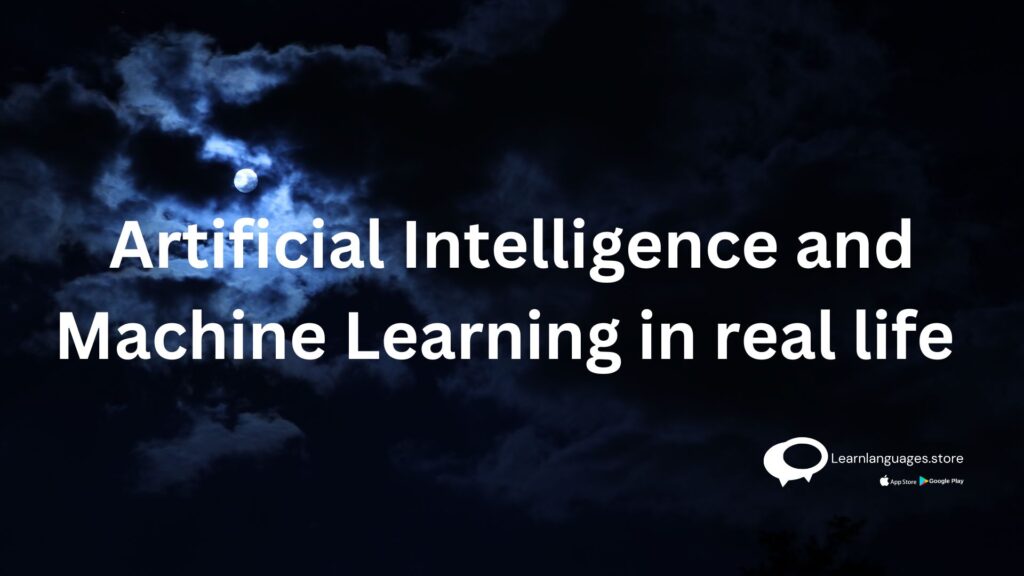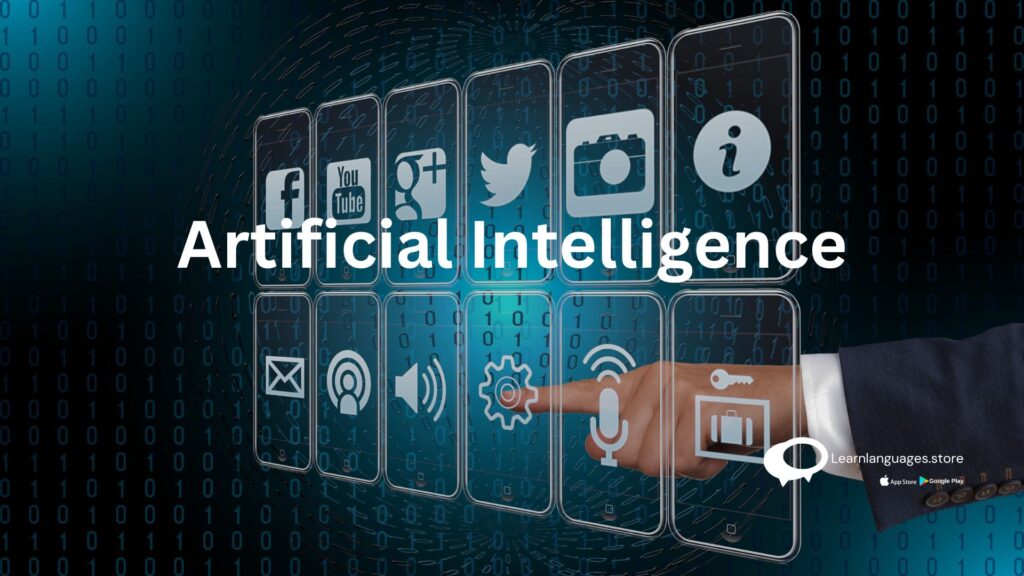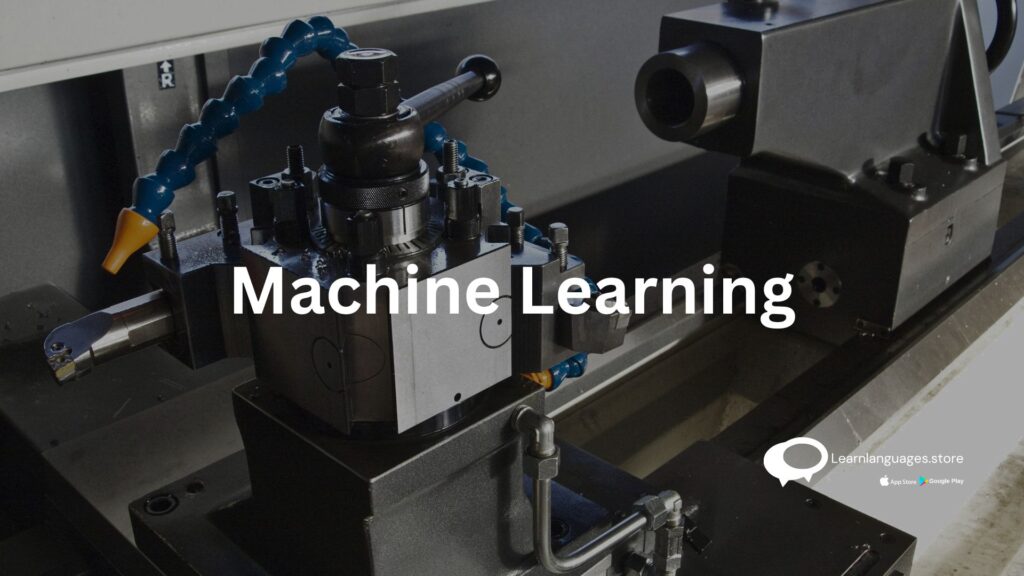Artificial Intelligence vs. Machine Learning. What’s the difference?
Artificial Intelligence vs. Machine Learning. What’s the difference?
A glance at two most-often confused terms and their career scope
We’ve all heard that ‘to err is human’ because of enhanced systems, clever improvements, and game-changing discoveries, but what about machines? What if it were able to perform more such humanitarian tasks with fewer errors? Let us introduce you to the buzzwords of the twenty-first century: ‘Artificial Intelligence’ and ‘Machine Learning’.
Rewardingly, Artificial Intelligence (AI) and Machine Learning (ML) are the most in-demand employment disciplines right now, with plenty of chances and high pay. According to Gartner, AI will create more than 2 million employment by the end of 2020.
Artificial Intelligence and Machine Learning in real life

Artificial Intelligence
A word coined by John McCarthy at a computer science conference in 1956 has now become the hottest topic of conversation and a field that may affect the near future. The goal of this conference was to learn about the functionality of the human brain and to use technology to create something similar artificially. The two-month project’s outcome didn’t create any important results in that era, but it did spark a revolution.

1. ANI – Artificial Narrow Intelligence (Weak AI)
Weak AI is meant to excel at a specific task; but, it will be unable to execute any other duty save the one for which it was created. Deep Blue (built to win chess games), Mr. Roboto, and other well-known examples of Weak AI. This technology is being frequently employed in corporate processes for improved performance and forecasting.
2. AGI – Artificial General Intelligence (General/Strong AI)
AGI refers to machines’ ability to perform exactly like humans; they can execute all of the activities that humans can, including emotional intelligence. Scientists have yet to create this degree of AI, which is currently simply a notion.
3. ASI – Artificial Super Intelligence (Strong AI)
It is the stage of artificial intelligence in which computers will surpass human abilities and become super-intelligent machines capable of outperforming humans in any task At the time, this stage is considered as a threat to humanity, which is depicted in a number of fictional films and television series set during the ASI period.
Machine Learning

Let us define machine learning as a subclass of artificial intelligence whose output is heavily dependent on the data it is fed. Machine learning understands and learns from previous experiences or data sets sent into the system. This feature is designed to learn on its own without being explicitly coded to perform a specific function. The longer you use such apps, the more capabilities they supply. Google search or social media algorithms (Facebook, Instagram), music apps (Spotify, Wynk, YouTube), and so on are instances of machine learning in action.
Here are the three types of machine learning
1. Supervised Learning
The most basic type, which only works with labeled data. The goal is to obtain reliable results, relying heavily on data accuracy.
Algorithm initializes with sample data set for training and performance.. As a result, the findings are analyzed using the relevant parameters. The final dataset is deployed into the system after the algorithm has been trained. And, over time, the algorithm improves on the trained parameters to produce better results.
2. Unsupervised Learning
Unsupervised learning uses unlabeled data without human intervention, shaping hidden structures, potentially requiring post-deployment supervision for accurate results.
3. Reinforcement Learning
In layman’s terms, it operates on a trial-and-error approach, similar to how humans function in completely foreign situations. This algorithm teaches itself by establishing a link between the outcomes and a reward scheme. The goal of this learning is to achieve the greatest potential result by reinforcing the system as many times as necessary.
Conclusion
One thing is certain: a career in this industry will be extremely rewarding. As concerning as it may appear that this stream will eliminate one-third of jobs in the United States by 2030 (according to McKinsey), it will also create at least an equal number of jobs. As a result, if you plan to study sciences, it is a good idea to take one of your disciplines as AI or ML to be future-ready. Because ‘now’ is the ideal moment to plan for the future.
Learn Languages Store
Vashi,
Email: services@learnlanguages.store










